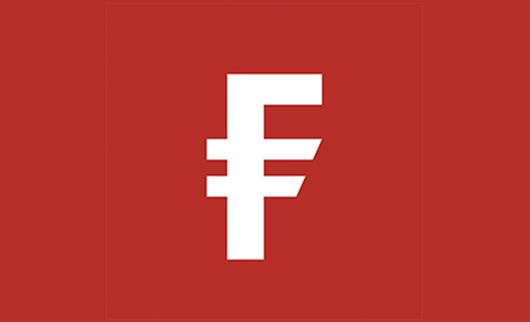At Carnegie Mellon University, a research team has developed an innovative project that combines the best of human creativity, artificial intelligence, and robotics. The project, named FRIDA (Framework and Robotics Initiative for Developing Arts), takes the idea of generative art-bot DALL-E to a new level by actually painting images from human prompts on a physical canvas.
The team installed a paintbrush onto an off-the-shelf robotic arm, and programmed its AI to interpret human input, photographs, and even music. The resulting artwork is similar to finger paintings. FRIDA is unique in that it analyzes its brushwork in real-time, incorporating any perceived mistakes and allowing for greater spontaneity in its creations.
The focus of FRIDA is to be a tool for human creativity and expression. As described in the team’s research paper, FRIDA is designed to provide “intuitive ways for humans to express their ideas using natural language or sample images.” Going forward, researchers hope to further refine FRIDA’s capabilities, and potentially even expand its repertoire to include sculpting. This could open up many opportunities in production industries.











































